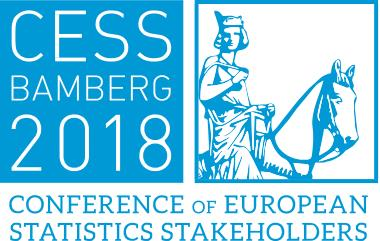Principles of official statistics in the era of digitisation
Before going into more detail about some of the important aspects of interaction between users and
producers of statistics, the baselines are condensed into a few guiding principles.
High-quality, official statistics strengthen democracy by allowing citizens access to key information
that enhances accountability. Access to robust statistics is a fundamental right that facilitates choices
and decisions based on valid information. Without statistics, there cannot be a well-grounded, modern,
or participatory democracy. Statistics is key for people empowerment.
Official statistics are the cornerstone of public open data; they are the basis of open government. For
example, on the EU Open Data Portal, the Eurostat statistical database accounts for the bulk of data on
offer. Enhancing access to statistics in open formats enables the free use of data, its interoperability,
and its consumption in integrated modalities. As a result, open statistics allow citizens to make sense
of complex phenomena and help in their interpretation across borders and without limits. As such,
open data and open statistics are a key driver of free dialogue in open societies.
Statistical literacy is critical in ensuring that individuals benefit from the power of statistics, and can
benefit from open access to statistical information and its associated services. Data literacy (‘datacy’)
is not limited to knowledge of basic statistical information: it entails knowing about the limits of
statistics and their use/misuse. The ability to understand statistics, and how they are produced, is a
fundamental skill for each individual. ‘Datacy’ is a key enabler for citizens.
Data for statistical services is worthless unless statistical methods are in place to ensure quality. In the
digital ecosystem, where data is abundant and a commodity, the value of information is increasingly
based on algorithms that generate tailored insights for users. The future is smart statistics.
On the whole, the general public is distanced from official statistics and valuable statistical
information. Hence, a bridge must be built between experts and laypeople to overcome this distance
and to foster understanding. Providing better information to users and non-users, and being able to
counter misjudgements and prejudices with facts, is probably the part of the statistical mission that has
the greatest added social value. That mission is about education and providing information that is
orientated towards the layperson. However, it should also be about co-design and co-production, with
the overall aim of involving the public in the generation of statistical results.
As statistical information is increasingly used for policy decisions, statisticians need to investigate
how their services are either used, not used, or misused. They should also examine the ethical
implications and the impact of evidence use on the policy cycle. More influence means more
responsibilities.
